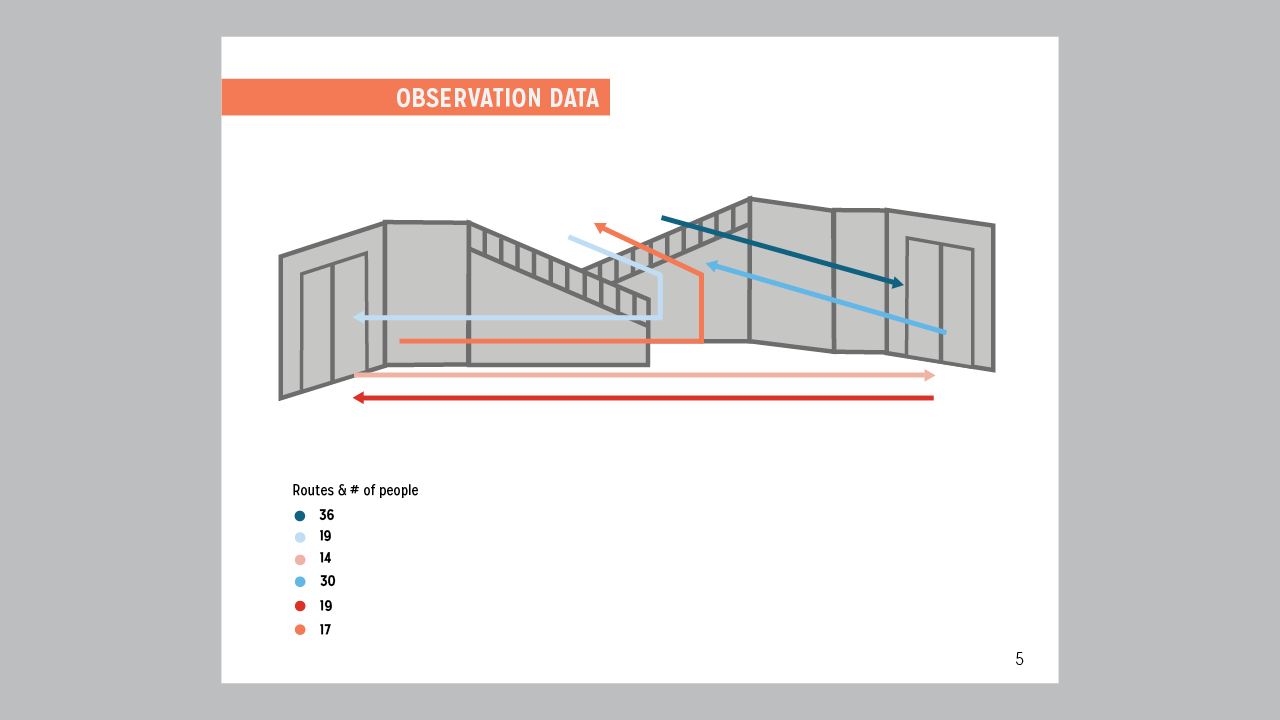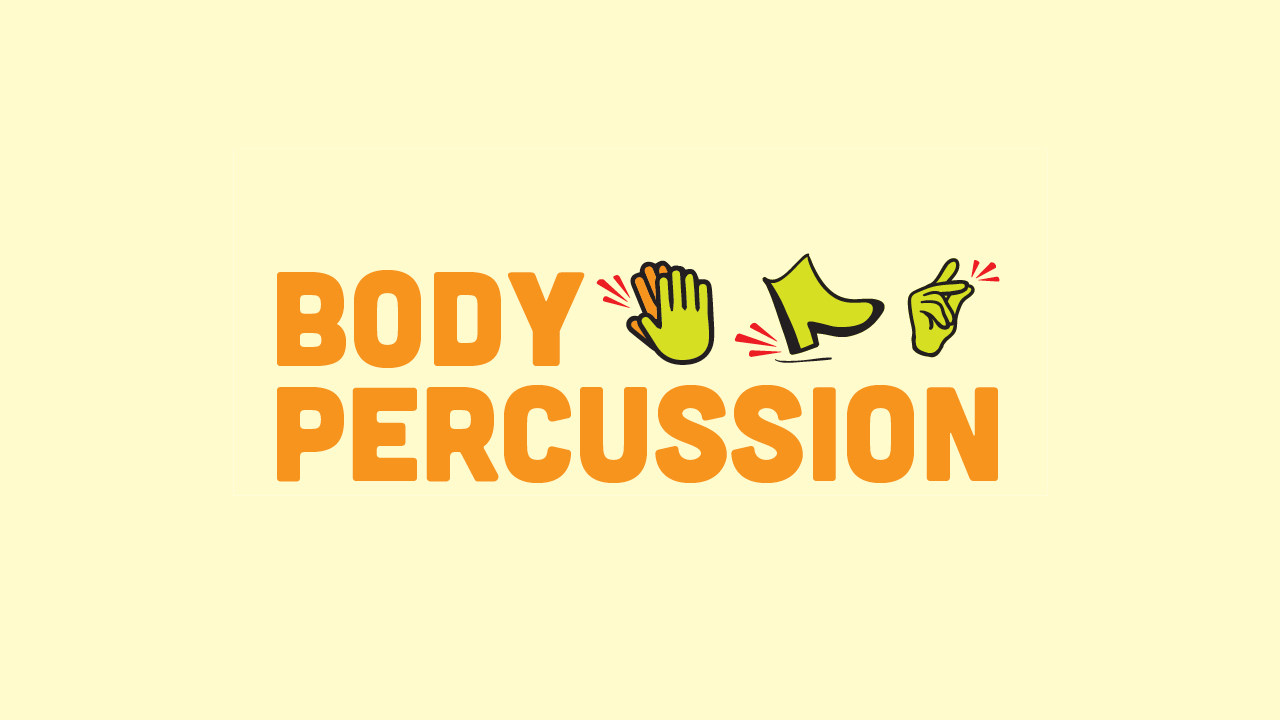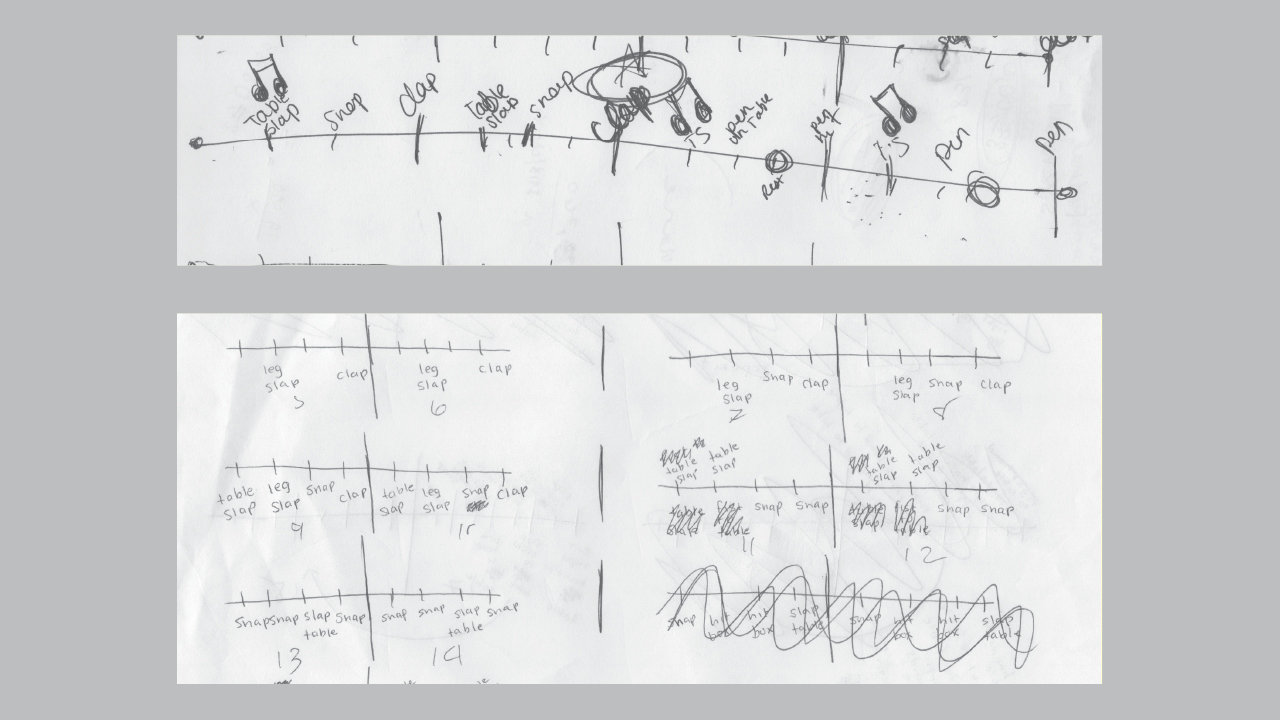Design Thinking v1.0
Michigan State University, Fall 2014
In the fall of 2014, my first semester at Michigan State University, I taught STA 303 (Design Thinking) for the first time. Not only was it my first time teaching the course, but it was the first time the course had run at all, so I spent much of the summer prior to the start of my appointment developing the curriculum.
Behind this first iteration of the course was the idea that, through a series of small projects and exercises, students could experience various facets of the design process without needing to “design” a product or service from scratch. This approach would keep the stakes low, and allow the students (most of whom were not from the design disciplines) to experiment with and explore the design process without feeling wedded to a particular outcome or deliverable. I hoped that this would alleviate pressure and draw students’ attention more towards process and less towards the product.
The different projects aimed to cultivate different capacities, methods, and sensibilities. What follow are some examples of project outcomes. It is important to emphasize here the process-orientation of the course — this was not a design class that sought to have students create beautiful, aesthetic objects. This course was designed to cultivate certain abilities and help students feel comfortable within the design process itself.
Project 02: The Designer as Observer
Michigan State University, Fall 2014
In the fall of 2014, my first semester at Michigan State University, I taught STA 303 (Design Thinking) for the first time. Not only was it my first time teaching the course, but it was the first time the course had run at all, so I spent much of the summer prior to the start of my appointment developing the curriculum.
Behind this first iteration of the course was the idea that, through a series of small projects and exercises, students could experience various facets of the design process without needing to “design” a product or service from scratch. This approach would keep the stakes low, and allow the students (most of whom were not from the design disciplines) to experiment with and explore the design process without feeling wedded to a particular outcome or deliverable. I hoped that this would alleviate pressure and draw students’ attention more towards process and less towards the product.
The different projects aimed to cultivate different capacities, methods, and sensibilities. What follow are some examples of project outcomes. It is important to emphasize here the process-orientation of the course — this was not a design class that sought to have students create beautiful, aesthetic objects. This course was designed to cultivate certain abilities and help students feel comfortable within the design process itself.
Project 02: The Designer as Observer



The “designer as observer” project focused on developing students’ ability to observe of “users” in real time. In a sense, this ability is similar to drawing — it’s about developing a sensitivity to visual experiences, to small movements, to responses and reactions. The ability to observe and to be sensitive to one’s observations is the hallmark of a good interaction designer or a good user experience designer.
I split students into groups and assigned each group a space in our building. The groups observed the spaces for a week, documenting their observations through a variety of media (sound, photographs, drawings, notes). They then developed a series of interventions that would change the experience of that space in very specific ways, testing these interventions over different periods of time to see whether their intervention had succeeded.
These images are selections from a report and presentation with which this particular project culminated.
Project 03: Instructional Diagram Design
I split students into groups and assigned each group a space in our building. The groups observed the spaces for a week, documenting their observations through a variety of media (sound, photographs, drawings, notes). They then developed a series of interventions that would change the experience of that space in very specific ways, testing these interventions over different periods of time to see whether their intervention had succeeded.
These images are selections from a report and presentation with which this particular project culminated.
Project 03: Instructional Diagram Design




The last major project of the semester focused primarily on iteration through testing. The project asked students to use everyday objects to develop a percussive musical sequence, to develop a notation system that could be used even by individuals who were not trained to read music, and then to test this notation system on several different “users.” The students then went through several iterations of their notation system in order to develop one that they felt best addressed the needs of the variety of users on whom they tested their prototypes.
This particular group decided that the most common everyday object was one’s body itself, so their musical sequence leveraged different parts of the body to create different sounds. They developed annotations that used iconography in order to communicate specific actions and timing.
This particular group decided that the most common everyday object was one’s body itself, so their musical sequence leveraged different parts of the body to create different sounds. They developed annotations that used iconography in order to communicate specific actions and timing.